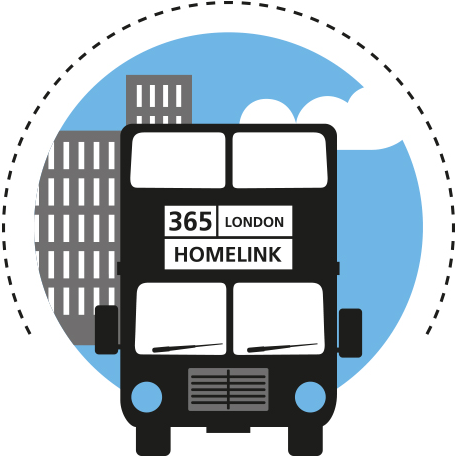About Seven Sisters
One of the more affordable and most cosmopolitan places to live in London, Seven Sisters sits in South Tottenham’s N15 postcode and is particularly great for those who want to get in to the City quickly but have been priced out of some of the more affluent areas of North London.
Dominated by Victorian terraced homes on quiet, leafy streets, most of the townhouses have been converted into flats to satisfy the growing demand for housing in the area. The most popular properties are situated around Seven Sisters Underground Station, the Clyde Circus conservation area, Bedford Road, and Summerhill Road.
Many are earmarking Seven Sisters as the next up-and-coming area due to a proposed Seven Sisters Regeneration plan, backed by Haringey Council. Within the plan are 196 new homes, ground-floor and first-floor shops and restaurants, a purpose-built replacement market and a new public square in front of the station which will surely bring more demand. Running for almost three miles through the Islington, Hackney and Haringey, Seven Sisters’ diverse population is best represented by its main high street, lined with Italian delis, Somali internet cafés, Afghan grill houses, Turkish barbers, Algerian grocers, Ethiopian restaurants and with almost 200 languages spoken.
Seven Sisters Highlights
Check out the Seven Sisters Market, a unique community of Latin American and international shops, cafés and canteens next-door to the station. A hidden gem for coffee lovers and foodies alike, with a lot of secret spots offering delicious cuisine.

Transport
Tube
Seven Sisters is a London Overground and London Underground Station in Zone 3 on the Victoria line.
Rail
Overground Stations also include:
- South Tottenham Railway Station in Zone 3
- Tottenham Hale Railway Station in Zone 3
- Stamford Hill Railway Station in Zone 3
- Harringay Green Lanes Railway Station in Zone 3
Bus
Seven Sisters is served by London Buses routes: 76, 149, 243, 259, 279, 318, 349, 476, and night buses N73, N279.

Schools
Primary
xxxx
Secondary
xxxx
Did you know?
Seven Sisters was named in the eighteenth century after seven elm trees growing in a ring on a common piece of land called Page Green. Legend says they were planted by seven sisters about to go their separate ways.
